20 March 2025
When it comes to JRPGs (Japanese Role-Playing Games), there’s one thing every gamer knows: battles can be brutal. Whether you're facing a towering boss with a billion HP or getting ambushed by pesky random encounters, your party’s survival hinges on one key factor—healing. Healing mechanics in JRPGs are the safety net between glorious victory and a dreaded "Game Over" screen. But not all games go about healing the same way.
Some JRPGs lean hard on potions and consumables, while others opt for health regeneration mechanics. Both systems have their charm, but let’s be real—they cater to entirely different playstyles. So, which one comes out on top? Should you hoard potions like a post-apocalyptic survivor or rely on health regeneration like a superhero with a healing factor? Let’s dive into the nitty-gritty of it all.
The Potion Hoarder’s Paradise
Ah, potions—the bread and butter of old-school JRPG healing mechanics. Remember the good ol’ days of games like Final Fantasy VI? Your inventory was always brimming with potions, hi-potions, elixirs, and whatever else you could snag from treasure chests or buy from merchants. Potions are straightforward, reliable, and satisfyingly tangible. You spend your hard-earned gil (or whatever fancy currency the game uses) on a stash of potions, and you’re good to go.But here’s the thing about potions: they’re finite. And let’s be honest, running out of potions mid-dungeon is a nightmare. You know that sinking feeling when you’re in the middle of an enemy-infested cave, out of healing items, and the boss room is just around the corner? It’s enough to make even the bravest adventurer quake in their boots.
That scarcity makes potions exciting, though. You’re forced to think strategically. Do you chug a potion now to keep your mage alive, or risk holding out until your healer’s cooldown is up? Potions introduce a layer of resource management that’s equal parts thrilling and stressful.
The Pros of Potions
1. Strategic Resource Management: Potions force you to plan ahead. Hoarding them (to a fault) might even become a game mechanic in itself.2. Tangible Progression: Finding or buying potions feels rewarding. They’re like little lifelines you can physically hold onto.
3. High-Stakes Gameplay: When you know your potions are limited, every battle feels more intense. You’re constantly weighing risk versus reward.
The Cons of Potions
1. Inventory Anxiety: Players often fall into the trap of never using their best potions, fearing they might need them later.2. Hits the Brakes: Running out of potions mid-dungeon can force you to backtrack, breaking the game’s momentum.
3. Accessibility Woes: Buying potions can feel like a chore, and farming currency to afford them isn’t always fun.
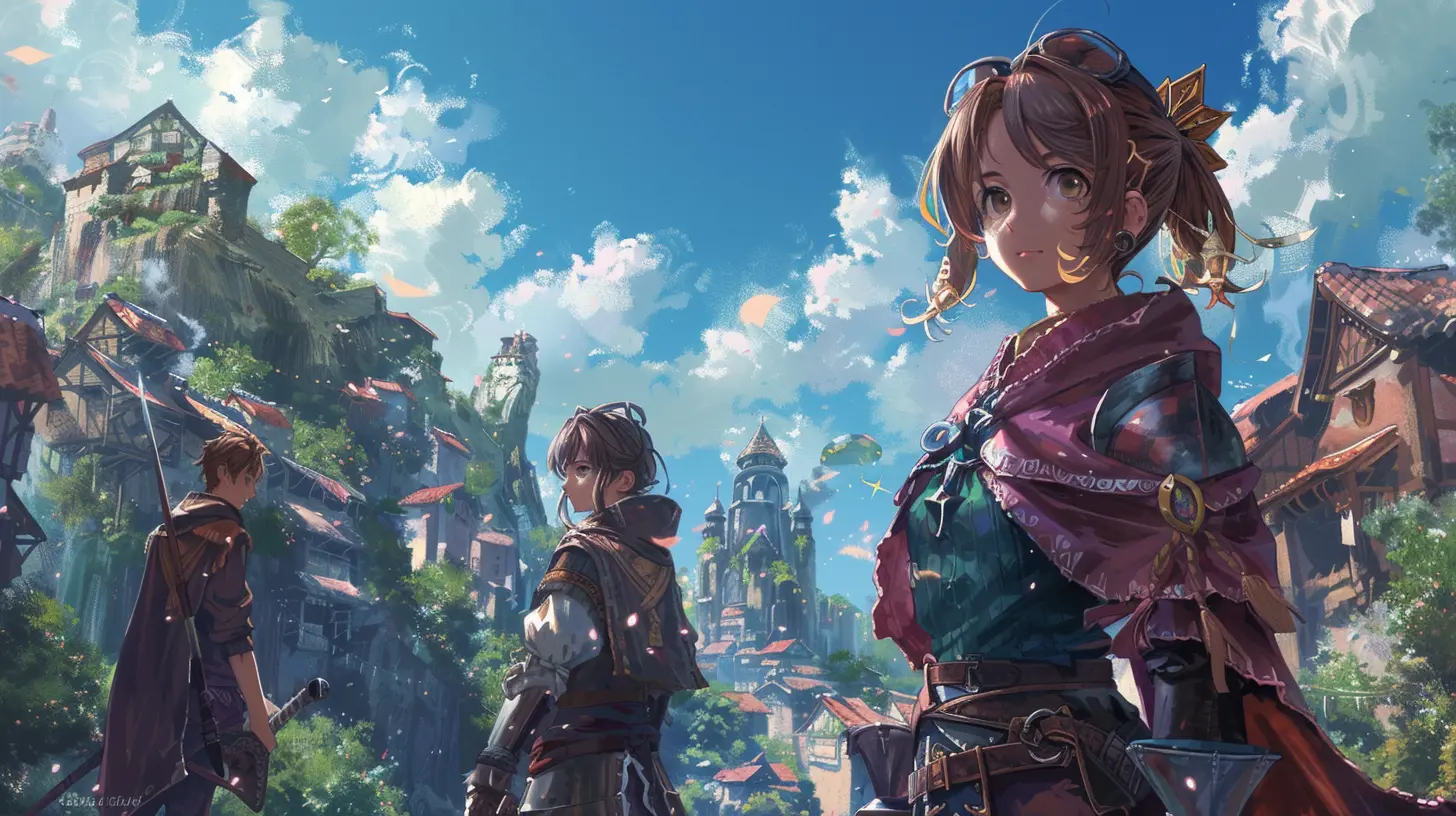
Regenerating Health: The "Auto-Heal" Dream
Now let’s talk about health regeneration mechanics. This healing system flips the script on potions. Instead of relying on consumables, your party’s health regenerates over time—either passively during battle, outside of combat, or through specific abilities. Games like Tales of Symphonia or Xenoblade Chronicles often dabble in some form of regeneration mechanics, offering players a more forgiving approach to healing.Regenerating health is like having a friend who always brings snacks to a party—you don’t have to worry about running out. It’s smooth, it’s consistent, and it takes care of one less thing on your plate. But, of course, it has its own quirks. Regeneration can sometimes make the game feel too easy or turn battles into a waiting game as you watch your health tick back up.
The Pros of Health Regeneration
1. Stress-Free Healing: No more hoarding or running out of resources. Your health is always on the mend.2. Streamlined Gameplay: You can focus on combat strategies without worrying about whether you have enough healing items to survive.
3. Encourages Exploration: With passive healing, you’re more likely to take risks or explore dungeons without fear of running out of resources.
The Cons of Health Regeneration
1. Risk of Over-Simplification: Regeneration can suck the tension out of battles, especially if it happens too quickly or easily.2. Waiting Game: If regeneration is slow, you might find yourself standing around doing nothing until your health bar is respectable again.
3. Less Strategic Thinking: There’s no inventory management involved, which, while convenient, can feel a little shallow for players who enjoy micromanagement.

A Tale of Two Systems: When JRPGs Mix It Up
Some JRPGs don’t force you to choose between potions and regeneration—they combine both for a hybrid experience. For example, Persona 5 lets you buy healing items, but you’re also encouraged to manage your party’s SP (used for healing skills) carefully. Similarly, The Legend of Heroes: Trails in the Sky allows for both item-based healing and passive regeneration through specific quartz setups. This middle-ground approach provides the best of both worlds.These hybrid systems cater to players who want strategic gameplay without the suffocating pressure of being entirely reliant on potions. They give you a safety net (regeneration) but still challenge you to manage resources effectively.
The Emotional Connection to Healing Styles
Let’s hit pause for a second and talk about why healing mechanics matter beyond gameplay. Healing systems aren’t just about keeping your characters alive—they impact the emotional experience of playing a game. Potions evoke a sense of urgency and survival. You can feel the weight of every decision when your inventory is dwindling. Regeneration, on the other hand, offers a sense of comfort, like knowing you’ve always got a backup plan.Think about it: potions create moments of desperation. You’re in the red zone, frantically scrolling through your inventory, praying you have one last elixir. That’s heart-pounding stuff. Regeneration, though? It’s like a warm blanket. You know you’re never totally out of the game—it’s a reassuring mechanic that lets you focus on the adventure itself.
So, Which System Reigns Supreme?
Let’s be real—there’s no "right" answer here. It all comes down to personal preference and the kind of experience you’re looking for. If you thrive on high-stakes gameplay and resource management, potions are your best friend. But if you’d rather have a more laid-back experience where you’re free to focus on strategy or exploration, health regeneration is the way to go.Ultimately, the best JRPGs are the ones that use healing mechanics to complement their overall design. A dark, survival-focused game might lean heavily on potions to highlight its tension. Meanwhile, a lighthearted, exploration-based game might favor regenerative health to keep things moving fluidly. The magic lies in how healing systems mesh with the game’s tone, pacing, and narrative.
Conclusion: Healing Mechanics Are the Heartbeat of JRPGs
At its core, healing in JRPGs is more than just a mechanic—it’s a lifeline (literally and figuratively). Whether you’re hoarding potions like a miser or happily watching your health regenerate mid-battle, healing systems shape how we play, strategize, and even emotionally connect with a game. They’re the unsung heroes of any JRPG experience.So next time you’re in a heated boss fight or trudging through a dungeon, take a moment to appreciate the humble potion or the soothing embrace of regenerating health. They’re not just keeping your characters alive—they’re keeping the adventure alive, too.

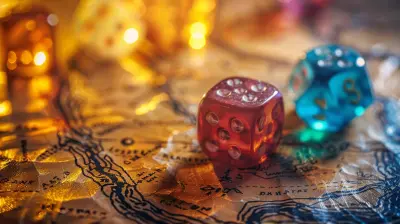



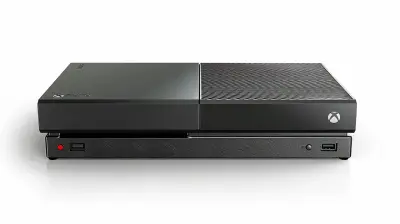
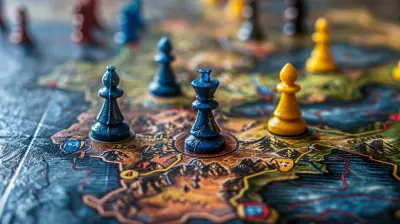
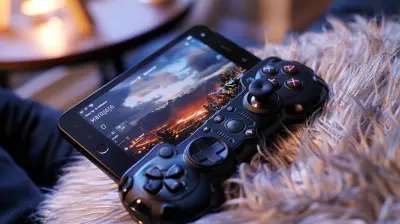
Tamsin McConkey
This article offers a compelling exploration of healing mechanics in JRPGs. The contrast between regenerating health and potions highlights different strategic approaches, shaping player experiences. It's fascinating how these mechanics influence gameplay dynamics and player engagement—definitely food for thought in game design!
April 4, 2025 at 2:43 AM